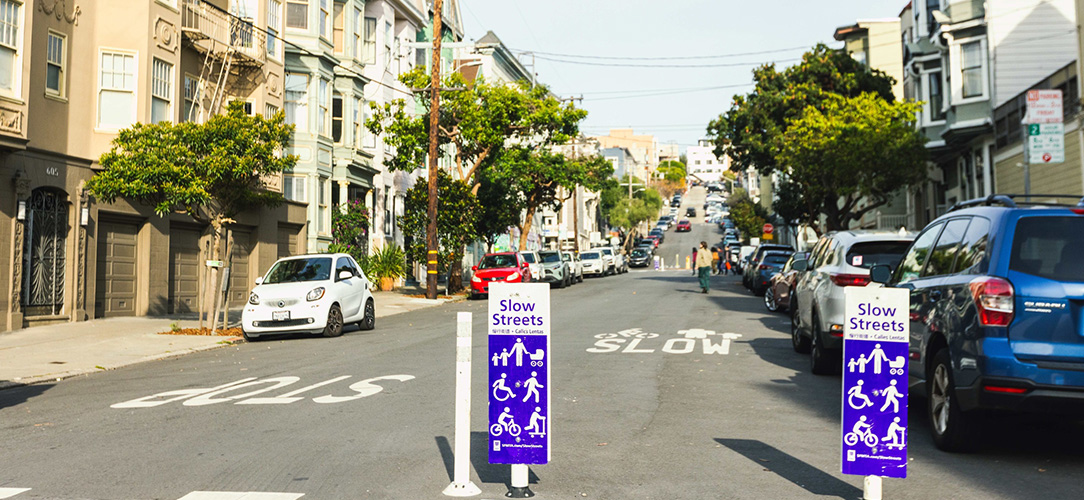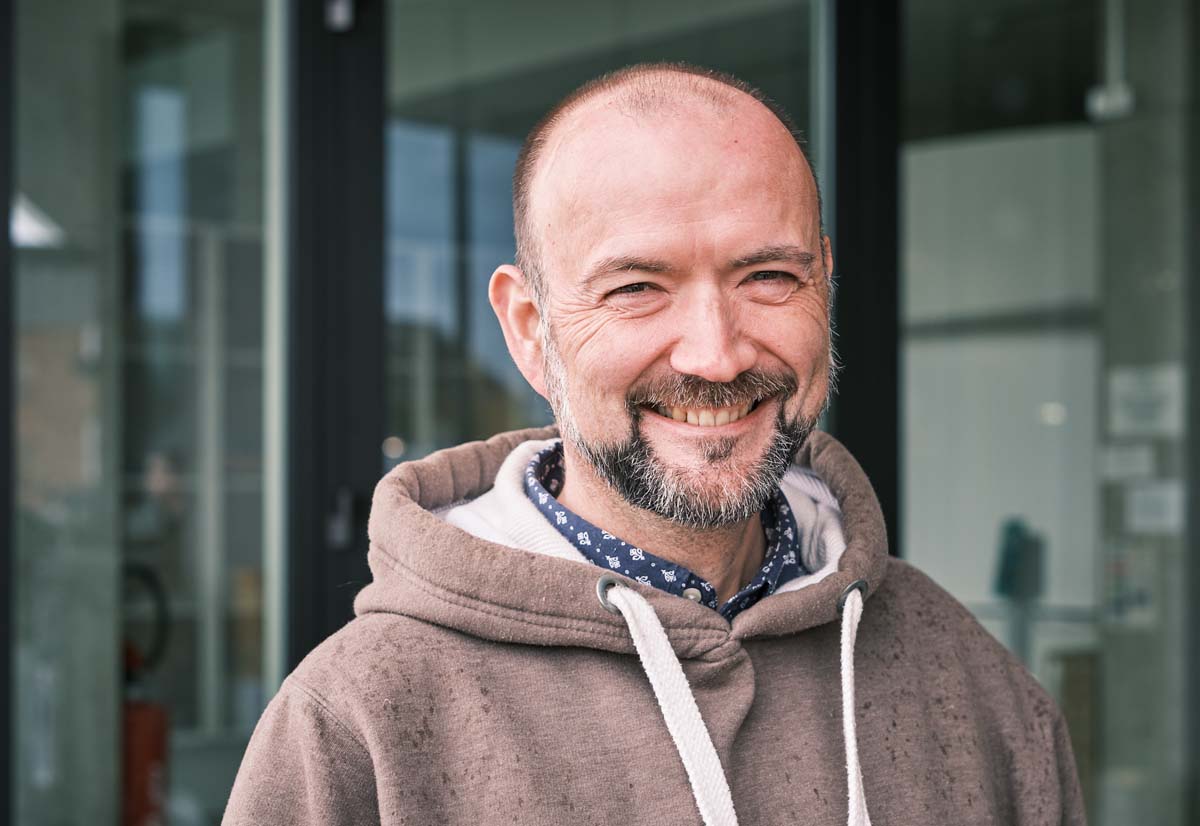How Telraam is helping shape San Francisco's safer roads

Key information
- Sensor and data hosting
- Community engagement (workshops, ...)
- Data analysis (consultancy)
- Citizen Engagement
- Long-term monitoring
- Traffic safety
- Speed monitoring
Slow Street objectives
The target was clear: the government of San Francisco wanted to have some streets with considerably fewer cars. Streets where cyclists and pedestrians were priority and people with children could go for a walk outside without having to worry about traffic.
The targets:
- Less than 1000 cars a day
- Cars allowed for access only, and at a max speed of 15 mph (20 km/h)
- A notable increase in the number of cyclists and pedestrians
But how can these targets be achieved if these measures are not monitored? A resident of a slow street came up with the solution. During a trip to Europe, she came across Telraam's counters and brought two of them to San Francisco. These were used to monitor the traffic on a particular Slow Street, where residents believed that the slow streets weren’t hitting their targets.
Data speaks
In 2023 a public consultation was held where citizens shared their views on the Slow Streets. Shortly before this meeting, signage, which made clear it was a Slow Street, had been removed on Lake Street. Data from the counter in this street showed that traffic and speed of cars immediately increased again. Through Telraam's data, this could be demonstrated to the authorities.
The social media conversation about the Telraam data reached Jeremy Stoppelman, CEO of Yelp, a long-time supporter of cycling and active travel. He offered to fund a trial network in San Francisco that was to be run in a partnership between SF Parks Alliance and SF Kids Safe.
In early 2023, Telraam traveled to San Francisco to support the launch of the network, engaging with citizens through community outreach, training sessions, and an open meeting. The network organisers reached an agreement with the San Francisco Municipal Transportation Authority (SFMTA) to share data and coordinate locations so they could provide information on how things were going on in the Slow Streets and whether anything should be changed.
The collaboration demonstrated its value by providing data from Telraam measurements on Hearst Avenue and Cayuga Street, two Slow Streets. These measurements indicated that vehicles were often exceeding the target speed limit, helping the SFMTA focus its efforts on designing and refining traffic calming measures for these streets.
Community impact
As word spread about Telraam devices in San Francisco, residents outside the Slow Streets network were inspired to purchase their own, recognizing their value as practical and useful tools. Many of these devices have been integrated into the network, providing data from regular streets to enable comparisons with Slow Streets and offering a broader perspective on urban traffic patterns.
This case is a good example to show the potential of grassroots campaigning as they can activate community engagement and participation. It shows that impact on policy can come from bottom up: from citizens who can have influence on local authorities. However, community-driven networks must plan to secure funding for the project and work constructively with local decision-makers to achieve meaningful change.
Want to know more about this project?
Feel to free to get in touch.
